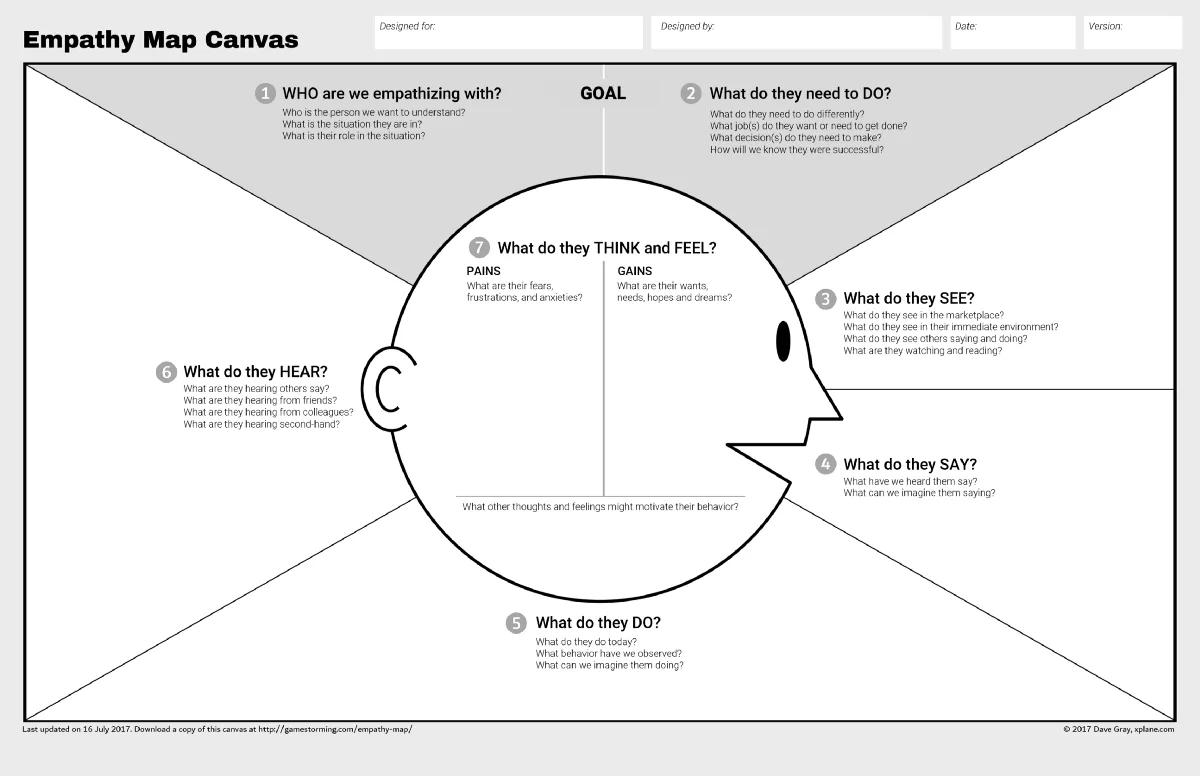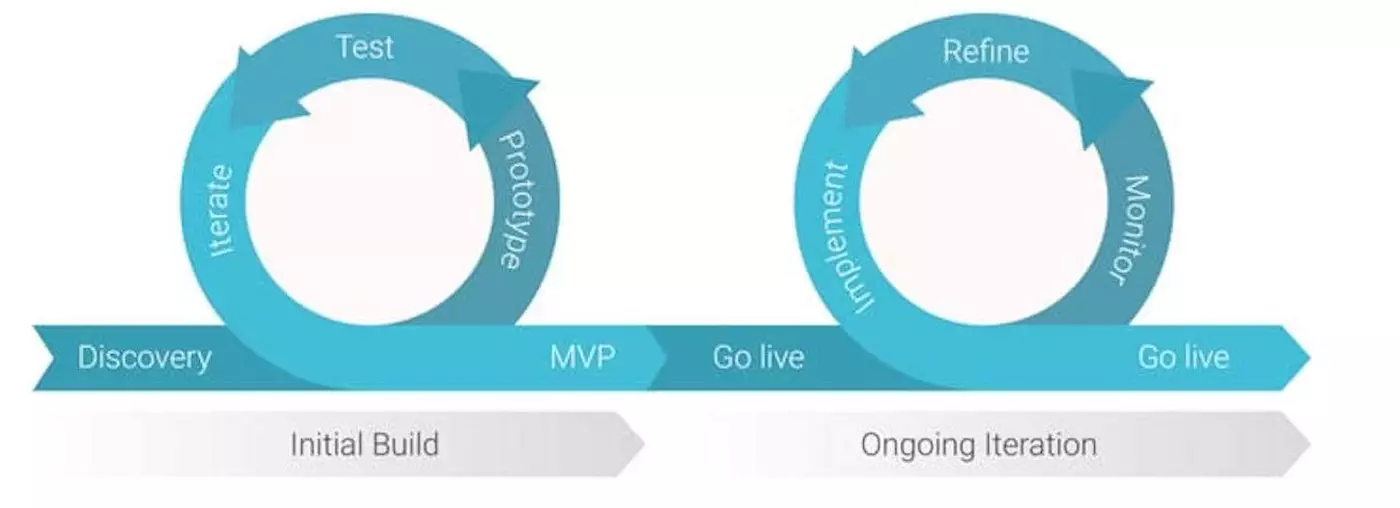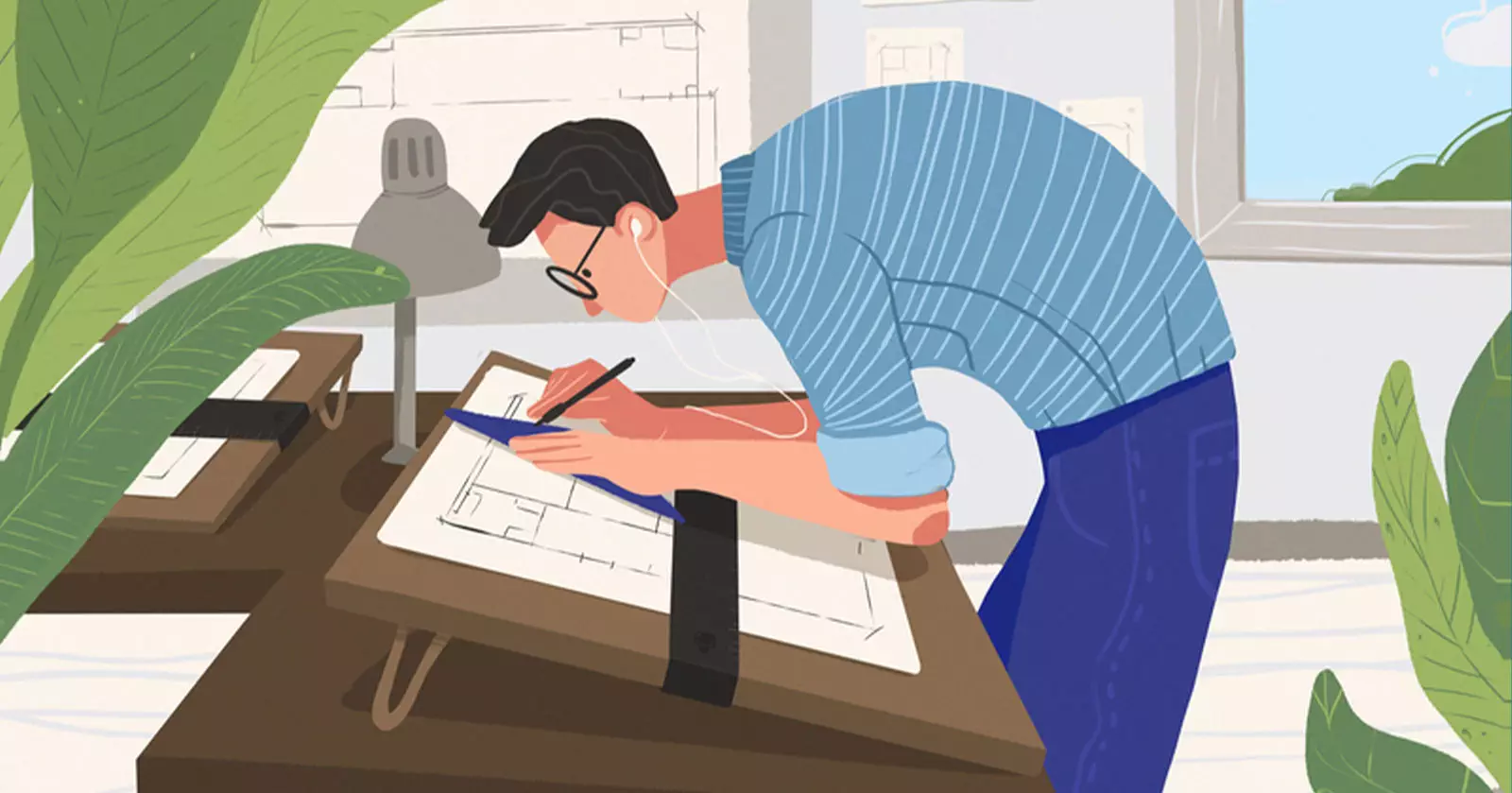By Heng Zhang. The original article was originally published on Medium and republished here on the Practice of Architecture with Heng’s permission.
In 2014, I graduated from Harvard University GSD (Graduate School of Design, or Get Sh*t Done 🤷♀️). In 2016, I started working as a UX designer in the Bay Area after two years at a large Architecture and Construction company.
In the past three years, many architecture friends asked me about my experience transitioning to UX/Product design.
I had my ups and downs, but overall I enjoyed it very much! 🎢
If you are reading this article, you probably come from an architecture background (Architecture, Landscape Architecture, Urban Design, etc.), and are considering a career switch.
With some research online, you’d get a basic sense of what UX/Product Design is about. If you haven’t, go ahead and do some (ideally in-depth) research on the field first! I’ll wait…
As you can see, facts are easier to find than insights. So in this article, I’d like to focus on the seven transferable skills I discovered in the process.✨ Hope you get a confidence boost from this article!
# 01 Empathy Skill
What is Empathy? Empathy is the ability to understand other people’s feelings and share their emotions. Understanding the users and their needs is the foundation of a great design because oftentimes we are not designing for ourselves.
Even though architects don’t have tools specified on how to incorporate empathy into the design process (ie. UX has tools like Empathy Map, shown below), this skill applies to the architect’s process as well. Before drawing a single line on paper, lots of time was spent figuring out the needs of both the clients and the future tenants. Architects observe while doing field trips and interview people to get questions answered.
Bonus points for architects, they are trained to care a lot more than just human needs! They also need to have a deep knowledge of the site itself: the cultural traits and ecological traits. Do we disrupt the stale things and preserve the valuable ones? How about the flora and fauna?… You see where I’m going? Architects are good at thinking in others’ shoes and really empathize with it.

Empathy Map. Credit
# 02 Iteration Skill
Architects explore and learn from an intense iteration process. They build lots of process models using whatever materials that best suited for exploring the ideas (clay, wood, corrugated paper, etc.). Things change rapidly for design projects both at school and at work. Architects learned to kill their darlings and don’t get attached to any single idea.
Fast learning through iterations is highly valued in the digital world. While letting go of ideas and constantly exploring is a skill hard to acquire to many, architects are armed with this design process!

UX/Product Iterations
# 03 Visual Skill
Design is problem-solving. It is never just making things look pretty. But visual plays a larger and larger role in product design now! As the discipline of User Experience matures with technological progress, digital products with bare minimal design can’t win user’s hearts anymore. Backed by multiple experiments, the Aesthetic-Usability effect describes a phenomenon that people find beautiful-looking products more appealing than less-aesthetic ones.
Luckily, architects have eyes for visual design elements like color, typography, and layout with years of training. They are also great at using the power of visuals to tell stories and spark emotions!

Rendering of BIG’s Amager Bakke waste-to-energy plant. Image Courtesy of BIG
# 04 Presentation & Communication Skills
UX/Product designers spend a great deal of time presenting to stakeholders and collaborating with the XFN team and fellow designers.
Not surprisingly, architects do the same. For each studio at school, there are weekly 1:1s, monthly group reviews, and studio Mid-and-Final reviews where they need to present the design progress and final results to an audience of various sizes. At work, architects constantly present their projects to co-workers and clients. All the years of training made architects good at presenting and taking feedback.

Third Semester Architecture Core at GSD. Credit
# 05 Self Learning Skill
UX/Product designers need to learn new things constantly because technology is progressing at a fast speed. Self-learning is an essential trait that every UX designer should have.
With little handholding learning process at school, architects are never told by instructors about which books to read or tools to learn. They find the design style they admire and the results they want to achieve, then they embark on the journey to test and learn! Maybe that’s why many architects who transitioned to UX are self-taught. 👏

# 06 Technical Skill
Architects are very comfortable with both analog and digital drawings. They have used Adobe Creative Suites for many many years.
They are fluent with animation tools, because who doesn’t like a fancy fly over or a walkthrough video of the design during a client presentation?
A few even have decent coding knowledge (if you’ve played with processing and Grasshopper/Monkey — plugins for Rhino)!
Most of the technical tools are very similar to what UX/Product designers use. Thus architects have some advantages compared with UXers coming from other backgrounds.

The interface of Grasshopper, a plugin for Rhino
# 07 Systematic Thinking Skill
One last thing that I think is super valuable and relevant to both UX designers and architects is systematic thinking ability. Instead of focusing on a tiny part of the design (one small interface component, or a piece of lighting furniture), good designers in both disciplines know when to zoom in and zoom out. They focus on figuring out the big pictures (information architecture, or functional diagrams) before jumping into the details.

Flow Chart Credit
✨ Final Thoughts ✨
- Do you really need a career switch?
I’d say look inside of yourself to find your strength and motivations! For me, I never truly enjoyed doing DD (Design Development) and CD (Construction Documents) while in the architectural field. What excites me the most is the strategic thinking and the ideation process. I like to go wild with exploration and iterations, thus working in tech companies that value great speed and learning through iterations fits my strength! - Do you really want to do UX?
Also, don’t just follow other people because you assume doing UX/Product Design is “cool”. Every industry has its cycles. That’s why we were drawn to architecture in the first place while it is still hot, right? Keep doing architecture if that’s something that really excites you!!
If you want to add a taste of technology into 3D/spatial design, you have tons of options other than UX. You can do VR/AR, self-driving cars, architecture tools like what Plangrid is offering, etc. - Quit overthinking. Learn by doing it!
What’s more tiring than doing the work? Hesitating and overthinking about whether you should do something or not. How could you know for sure before trying it out?
Many fear the “sunk cost”, aka the years doing architecture. But if your heart is not there anymore, hesitation only adds to the so-called sunk cost. - Finally, don’t give up easily if you’ve decided to do UX!
I have seen people trying out UX. They did one mobile app and feel that UX is too easy, not as complex and fancy as architecture. So they went back to do architecture immediately.
While I certainly appreciate their effort, I can’t help but think about the Dunning-Kruger effect (diagram below). At the peak of “Mt. Stupid” are the unskilled individuals unaware of the lack of specific skills, so they assume they have a skill-level that is even superior to the experts in the field. However, only after going through the “valley of despair” and “slope of enlightenment”, will somebody really gain the full vision and knowledge necessary to move on to the “plateau of sustainability” with a realistic and sustainable level of confidence.
So don’t just turn back yet.The adventure awaits! ☺


Ready for the new adventure to UX? Credit
Author: Heng Zhang


![[152] Architecture, And: Using Research to tell the Story of Architecture](https://practiceofarchitece2ac4.zapwp.com/q:i/r:0/wp:1/w:1/u:https://i0.wp.com/practiceofarchitecture.com/wp-content/uploads/2024/05/2260982_PD-Episode-152-Architecture-And-Using-Research_1200x675_042924.png)
![[151] Built Environment Futures Council](https://practiceofarchitece2ac4.zapwp.com/q:i/r:0/wp:1/w:1/u:https://i0.wp.com/practiceofarchitecture.com/wp-content/uploads/2024/04/2255065_PD-Episode-151-Built-Environment-Futures-Council_1200x675_041724.png)
![[150] Women Defining AI for Architects](https://practiceofarchitece2ac4.zapwp.com/q:i/r:0/wp:1/w:1/u:https://i0.wp.com/practiceofarchitecture.com/wp-content/uploads/2024/04/2250461_PDEpisode150-Women-Defining-AI-for-Architects_1200x675_041124.png)
![[149] Using Data to Create a Better Employee Experience](https://practiceofarchitece2ac4.zapwp.com/q:i/r:0/wp:1/w:1/u:https://i0.wp.com/practiceofarchitecture.com/wp-content/uploads/2024/04/2249890_PD-Episode-149-Serena-Huang_1200x675_040824.png)
![[148] The Future of Tech within AEC](https://practiceofarchitece2ac4.zapwp.com/q:i/r:0/wp:1/w:1/u:https://i0.wp.com/practiceofarchitecture.com/wp-content/uploads/2024/04/2239270_30-PD-Episode-148_1200x675_040424.jpg)
![[147] The Power of Copywriting for Architects](https://practiceofarchitece2ac4.zapwp.com/q:i/r:0/wp:1/w:1/u:https://i0.wp.com/practiceofarchitecture.com/wp-content/uploads/2024/03/2239267_29-PD-Episode-147_1200x675_032124.png)
![[146] Architecture, And: Design Crises, Past and Future](https://practiceofarchitece2ac4.zapwp.com/q:i/r:0/wp:1/w:1/u:https://i0.wp.com/practiceofarchitecture.com/wp-content/uploads/2024/03/2232805_26b-PD-Episode-146_1200x675_031224.jpg)
![[145] The Psychology of Architecture](https://practiceofarchitece2ac4.zapwp.com/q:i/r:0/wp:1/w:1/u:https://i0.wp.com/practiceofarchitecture.com/wp-content/uploads/2024/03/2229844_25-PD-Episode-145_1200x675_031124.jpg)
![[144] Power of Podcasting in Architecture](https://practiceofarchitece2ac4.zapwp.com/q:i/r:0/wp:1/w:1/u:https://i0.wp.com/practiceofarchitecture.com/wp-content/uploads/2024/03/2227687_22b-PD-Episode-144_1200x627_030424.jpg)
![[143] Architecture And: AI & Head of Digital Marketing](https://practiceofarchitece2ac4.zapwp.com/q:i/r:0/wp:1/w:1/u:https://i0.wp.com/practiceofarchitecture.com/wp-content/uploads/2024/02/2211554_20-PD-Episode-143_1200x627_022124.png)